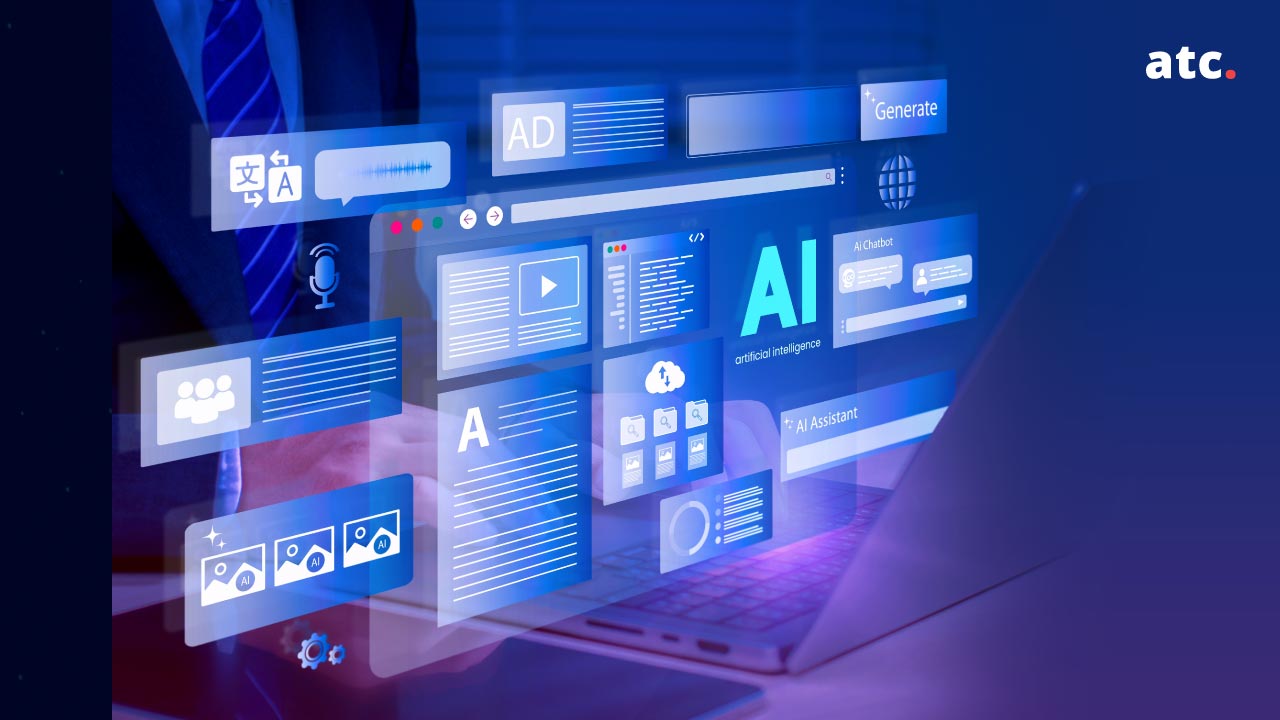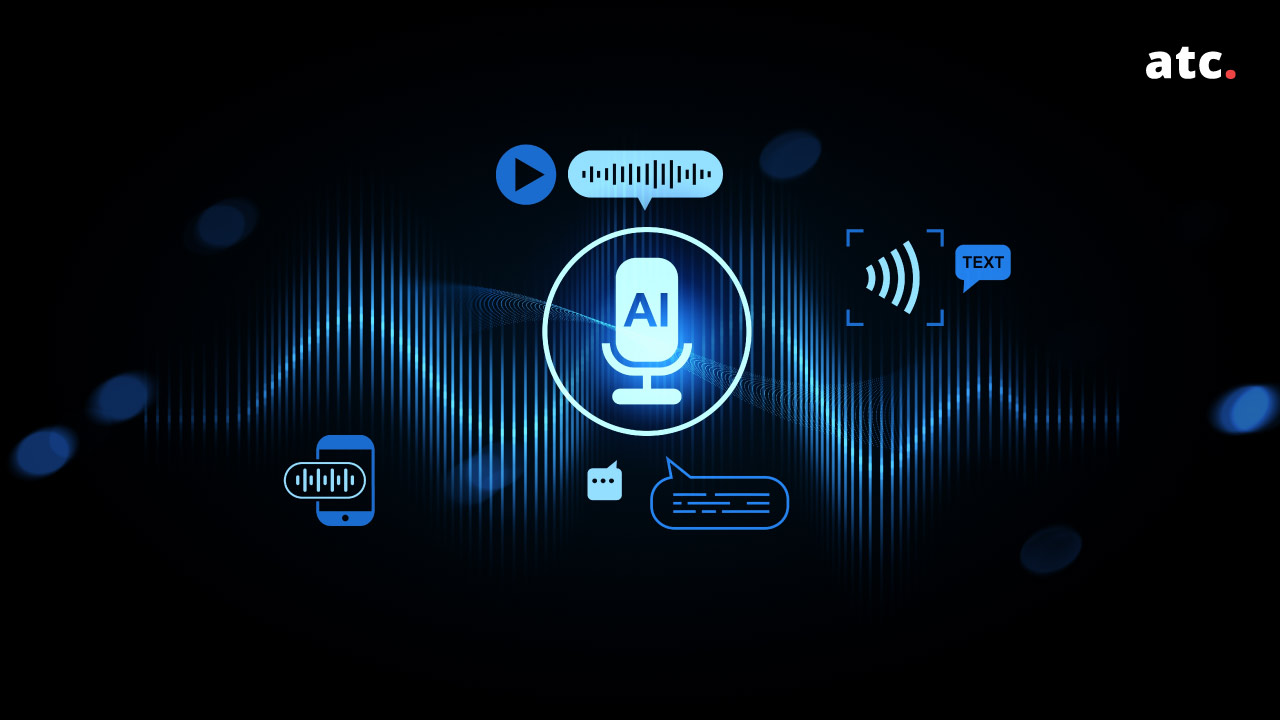Subscribe to the blog
Look around. LLMs are everywhere now. They're answering support tickets at companies we all know. Writing code for developers who'd rather focus on architecture. Analyzing spreadsheets for finance teams who hate Excel.
But here's the thing, where does this go from here? Are we five years away from artificial general intelligence, or is that just Silicon Valley talking? More importantly, can most organizations actually afford to scale this stuff without their CFO having a meltdown?
There's also the uncomfortable stuff nobody wants to bring up at conferences. Bias. Hallucinations. Privacy nightmares. Regulations that are coming whether the tech industry likes it or not.
These aren't academic questions anymore. Product teams are dealing with them right now. CTOs are getting grilled about them in board meetings. And honestly, the answers aren't clear yet.
Some teams are getting ahead by investing in real training, programs like the ATC Generative AI Masterclass that teach people how to deploy actual working systems instead of just playing with demos. Because there's a growing gap between companies that know how to use this technology responsibly and those that are just winging it.
Where LLMs Are Now
LLMs stopped being research projects a while ago. GPT-4 can look at an image and tell us what's in it. Claude can read through thousands of pages of documentation and summarize it. Gemini processes video.
Companies are running these models in production. Customer support teams use them to handle basic queries—the repetitive stuff that drives human agents crazy. Marketing departments generate campaign copy in hours instead of weeks. Software teams have AI assistants that actually catch bugs during code review.
But let's be real about the limitations. These models make stuff up. Confidently. A model will cite research papers that don't exist. It'll give medical advice that could harm someone. It struggles hard with anything too specialized or too new.
Getting reliable outputs takes work. Lots of prompt engineering. Testing. Iteration. Companies that figured this out early are seeing real benefits such as faster product launches, lower costs, happier customers. The ones still treating this like magic? They're getting burned.
AGI: What It Means and Realistic Timelines
AGI means artificial general intelligence, systems that can do pretty much any cognitive task a human can do. Not just play chess or generate text. Everything. Learning new skills. Reasoning through novel problems. Common sense.
When will we get there? Depends who we ask. Researchers surveyed in 2023 put it around 2040-2061. Sam Altman thinks maybe 2025-2027. Other experts say we might never get there, or it'll take way longer than anyone expects.
Part of the problem is nobody agrees on what AGI even means. Does it mean automating 80% of knowledge work? Or does it need to be truly human-level at everything, including creativity and emotional intelligence? The goalposts keep moving.
If AGI does show up, everything changes. Productivity goes through the roof. New technologies get developed faster than we can imagine. But the downsides are equally massive. Millions of jobs disappear overnight. Power concentrates in whoever controls these systems. And we're dealing with technology we might not fully understand or be able to control.
Most realistic scenarios say we'll see gradual improvement over the next decade. Models get better at reasoning. They handle longer contexts. They make fewer mistakes. Whether that adds up to AGI depends on definitions that haven't been settled yet.
For companies trying to plan, the question isn't "when does AGI arrive?" It's "what do we do when systems get good enough to change how our business operates?" And the answer to that starts now, not later.
Scaling Challenges
Running one LLM demo is cheap and easy. Scaling it across an organization with thousands of users? That's where budgets explode and infrastructure teams start panicking.
Engineering Problems
A 13-billion parameter model needs more than 24GB of GPU memory just to load. Not to run inference, just to load. Costs multiply fast when hundreds or thousands of users hit the system simultaneously.
Latency is brutal. Nobody wants to wait 5 seconds for a chatbot response. Fast systems need expensive GPUs or TPUs. Companies face constant tradeoffs, bigger model with better outputs but higher costs and slower responses, or smaller model that's faster and cheaper but less capable.
Then there's data. Training data needs constant updating or models drift. Fine-tuning for specific domains costs tens of thousands of dollars. Data pipelines break. Things get messy fast at scale.
Good news exists though. Inference costs dropped over 280 times in two years. Smaller models like Llama 3.3 perform nearly as well as much larger ones. Progress is happening on the cost side.
Organizational Problems
Most companies don't have the people to do this right. Data scientists understand models but don't know production systems. Engineers know infrastructure but not ML. Product managers don't know what's possible. Leadership can't quantify risks.
Integrating LLMs into existing systems takes months. Everything needs to be built such as data pipelines, monitoring, governance and security. Without standard processes, every team starts from scratch. It's slow and expensive.
Training helps more than hiring. The ATC Generative AI Masterclass gives teams hands-on experience deploying real AI agents. People come out with an AI Generalist Certification and actual working knowledge, not just theory. That matters when we're trying to move fast without breaking things.
Scaling takes more than technology. It needs culture change. Clear ownership. Continuous learning. The technical parts are solvable. The organizational parts? That's where most companies struggle.
Ethical, Social, and Governance Considerations
Ethics in AI isn't about being politically correct. It's about not getting sued, not harming customers, and not ending up on the front page for all the wrong reasons.
Safety and Misuse
Models hallucinate. They state false information with total confidence. In healthcare, finance, or legal contexts, that can cause serious harm. People make decisions based on AI outputs. When those outputs are wrong, bad things happen.
Mitigation strategies exist. RAG (retrieval-augmented generation) grounds responses in verified sources. Guardrails catch problematic outputs. Step-by-step prompting improves reasoning. But nothing's foolproof.
Bad actors are using LLMs to create misinformation campaigns, phishing attacks, and malicious code. Red teaming—where security teams deliberately try to break the model—helps find vulnerabilities before they get exploited.
Bias and Fairness
LLMs learn from data. If the data contains bias, the model will too. Hiring systems that favor certain demographics. Loan approval systems that discriminate. Content moderation that treats different groups differently.
Companies need to test for bias continuously. Tools exist—Google's Explainable AI, Microsoft's Fairlearn, IBM Watson OpenScale. But tools alone don't fix the problem. Diverse teams catch issues that homogeneous teams miss.
Privacy and Regulations
Models trained on user data can leak personal information. They memorize and reproduce sensitive details. GDPR has teeth. The EU AI Act came into force in August 2024 with strict requirements for high-risk applications.
The EU AI Act categorizes systems by risk. High-risk applications need documentation, human oversight, and accountability. It's the first comprehensive AI regulation, but it won't be the last. Companies need to prepare now.
What Teams Can Actually Do
Red teaming finds problems before launch. Human oversight catches mistakes AI makes. Monitoring tracks behavior in production. Clear accountability means someone's responsible when things go wrong. Governance frameworks define processes before we need them.
Companies that skip ethics end up dealing with lawsuits, regulations, and reputation damage. It's cheaper to build it right from the start.
What's Next: Practical Roadmap for Teams
Short-Term (6-12 Months)
Pick pilot projects that solve real problems. Customer support automation. Internal knowledge search. Code assistance. Start small with clear metrics.
Invest in infrastructure early. MLOps pipelines. Monitoring. Data governance. Platforms like AWS SageMaker, Google Vertex AI, or Azure ML make this easier.
Train existing teams instead of only hiring. It's faster and they already understand the business.
Medium-Term (1-3 Years)
Standardize MLOps. Model deployment. Versioning. Monitoring. CI/CD for machine learning.
Use hybrid architectures—big general models for some tasks, small specialized models for others. Costs drop significantly. RAG connects models to proprietary data.
Build governance that sticks. Ethics boards. Clear policies. Accountability. Make it part of the culture, not a checkbox.
Long-Term (3+ Years)
Prepare for capabilities we can't predict yet. Models will surprise us. Stay flexible.
Mature governance practices to meet evolving regulations. The regulatory environment will only get stricter.
Three Starter Projects (90 Days)
- Internal knowledge assistant: Deploy an LLM for employee questions using company docs. Measure time saved.
- Code review automation: Flag bugs, suggest improvements, enforce standards. Track review time.
- Customer support triage: Automate ticket classification, draft responses. Monitor accuracy.
These deliver value fast and build confidence.
Conclusion
LLMs offer huge opportunities. They also bring serious risks. Success requires balancing ambition with caution.
Companies that invest in skills, build strong governance, and deploy thoughtfully will lead. Those treating LLMs like magic will struggle when things break—and things will break.
Start now. Pilot projects. Training. Guardrails. Learn by doing, but do it responsibly.
The ATC Generative AI Masterclass helps teams gain practical deployment skills. People earn an AI Generalist Certification and deploy working AI agents. With currently 12 of 25 spots remaining, teams should secure their place now.
The AI future is coming whether we're ready or not. Better to be ready.




